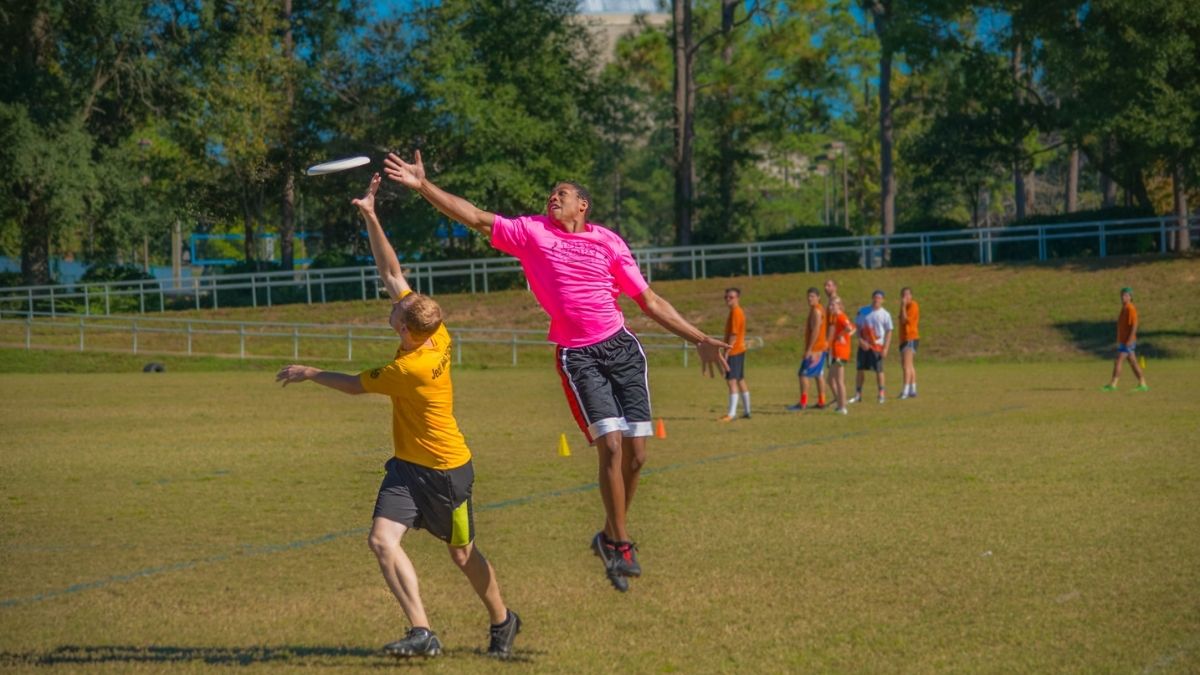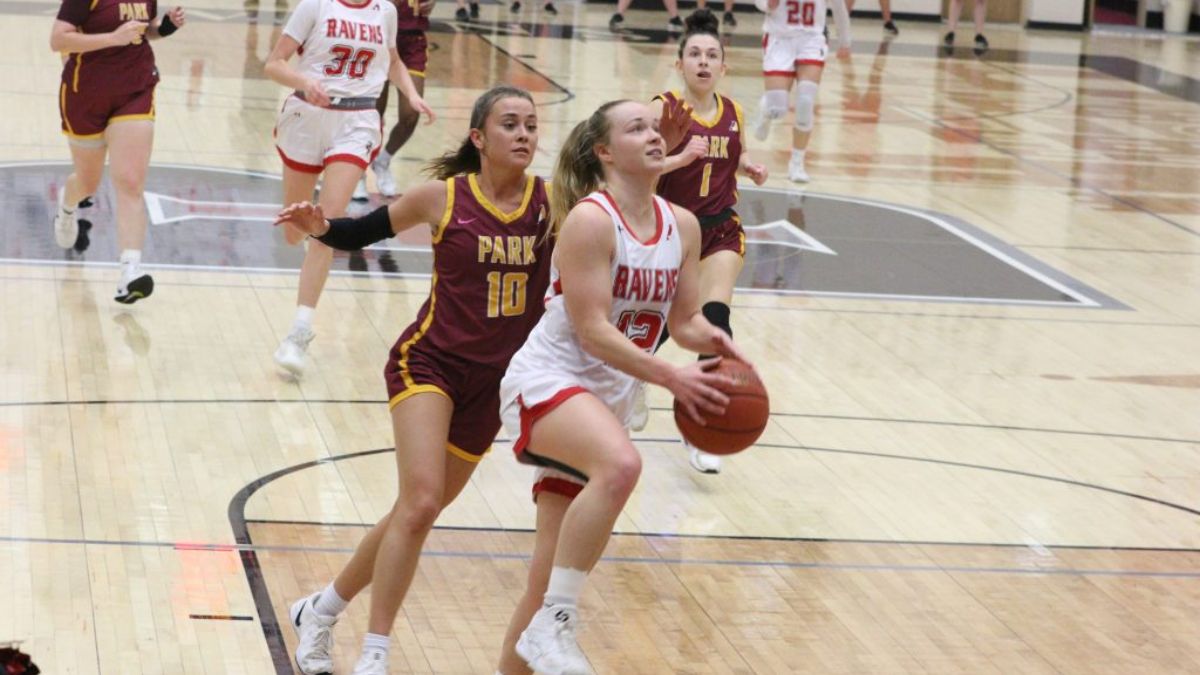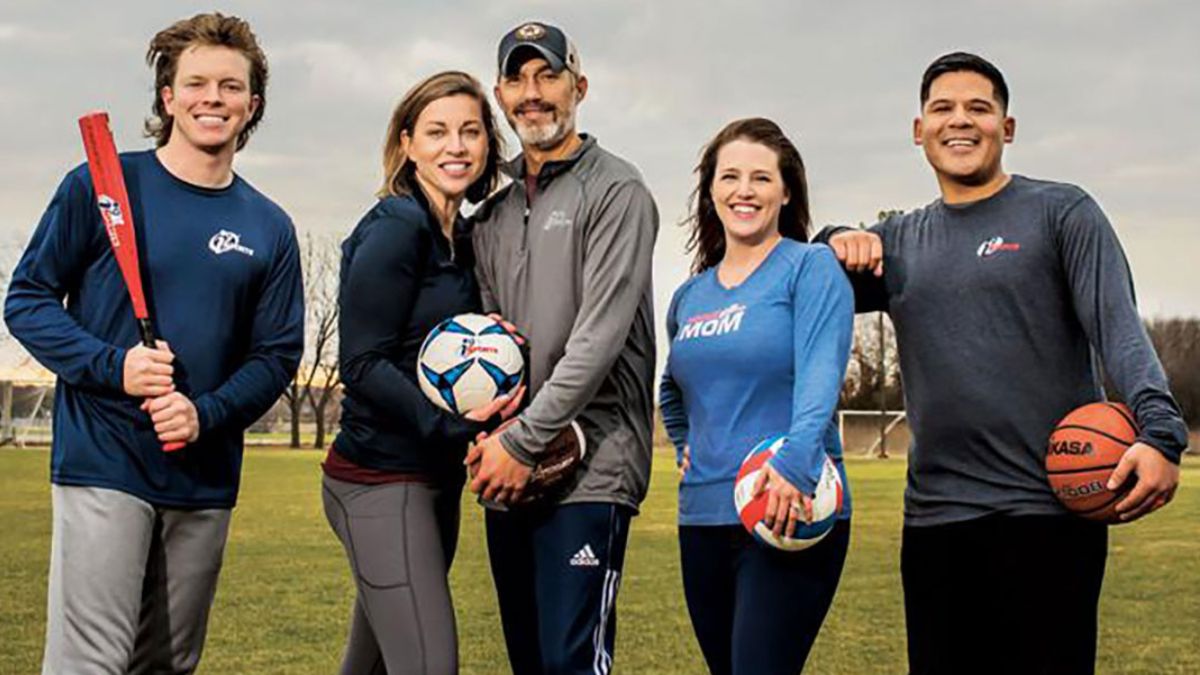Ultimate frisbee combines the best elements of soccer, basketball, and American football into one of the fastest-growing sports worldwide. With over 7 million players across 80 countries, this dynamic game has evolved from casual beach activity to serious competitive sport, attracting athletes who crave fast-paced action and unique strategic challenges.
Unlike traditional sports, ultimate frisbee operates on a foundation of “Spirit of the Game“—a principle that emphasizes fair play, respect, and self-officiating even at the highest competitive levels. This philosophy, combined with non-stop action and minimal equipment requirements, has made ultimate frisbee accessible to diverse communities while maintaining the intensity that serious athletes demand.
Technology is now transforming how players train, compete, and connect globally, bringing new levels of analysis and engagement to this rapidly expanding sport.
The Fundamentals of Ultimate Frisbee
Ultimate frisbee teams consist of seven players who advance a disc down a 70-yard field by throwing it to teammates. Players cannot run while holding the disc and must release it within ten seconds, creating constant movement and strategic positioning challenges.
Scoring occurs when a team completes a pass in the opposing team’s end zone, similar to American football touchdowns. Games typically play to 15 points, with teams switching directions after every point scored.
The disc changes possession whenever it touches the ground, gets intercepted, or travels out of bounds. This turnover system creates momentum swings that keep games competitive and exciting throughout the match.
Substitutions happen between points, allowing coaches to strategically rotate players based on offensive or defensive schemes. Fresh legs remain crucial in a sport where players sprint continuously for 90-120 minutes.
Strategic Elements That Define Elite Play
Ultimate frisbee demands both individual skill and complex team coordination. Successful teams master multiple offensive and defensive systems while adapting to weather conditions, opponent strategies, and game situations.
Offensive strategies range from structured plays with predetermined cutting patterns to fluid systems where players read defensive positioning and create opportunities dynamically. Elite teams often employ both approaches, switching between them to keep defenses off-balance.
Defensive schemes include person-to-person coverage, zone defenses, and hybrid systems that combine elements of both. Zone defenses can be particularly effective in windy conditions or against teams with exceptional individual throwers.
Handling positions require players who can throw accurately under pressure while making quick decisions about field positioning and pass selection. These quarterbacks of ultimate frisbee often determine game outcomes through their decision-making and disc skills.
Physical Demands and Athletic Development
Ultimate frisbee challenges athletes across multiple fitness dimensions. Players must combine the endurance of soccer players, the agility of basketball guards, and the spatial awareness of American football receivers.
Cardiovascular conditioning forms the foundation of ultimate fitness. Players typically run 4-6 miles during competitive games, with frequent direction changes and sprint intervals that stress both aerobic and anaerobic energy systems.
Jumping ability and timing become crucial for disc catches in traffic. Elite players develop impressive vertical leaps while learning to time their jumps with disc flight patterns and defensive positioning.
Throwing mechanics require unique muscle development and coordination patterns. Players must master forehand, backhand, and hammer throws while maintaining accuracy under defensive pressure and varying weather conditions.
Injury prevention focuses on knee stability, shoulder health, and proper landing techniques. The cutting and pivoting motions create stress on knee ligaments, while repetitive throwing can strain shoulder joints without proper conditioning.
Technology’s Growing Impact on Ultimate Frisbee
Advanced statistics platforms now track player movement, throwing accuracy, and defensive effectiveness during games. GPS-enabled wearables monitor distance covered, sprint frequency, and recovery times between points.
Video analysis software helps teams break down opponent strategies and improve individual technique. Coaches can identify defensive weaknesses, analyze cutting patterns, and optimize field positioning through detailed game film study.
Mobile applications connect players worldwide, facilitating pickup games, tournament registration, and skill development resources. These platforms have accelerated ultimate frisbee’s global growth by making the sport more accessible to newcomers.
Live streaming technology has increased ultimate frisbee’s visibility, with professional leagues broadcasting games that attract thousands of online viewers. High-definition cameras and multiple angles showcase the sport’s athleticism and strategic depth.
The Professional Ultimate Landscape
Professional ultimate frisbee has emerged through leagues like Major League Ultimate (MLU) and the American Ultimate Disc League (AUDL). These organizations provide pathways for elite athletes while growing fan engagement through marketing and media partnerships.
Player salaries remain modest compared to major professional sports, with most professionals maintaining other careers. However, top players can earn income through sponsorships, coaching, and tournament prize money.
Team development follows franchise models similar to other professional sports, with geographic territories and consistent branding. Cities like San Francisco, Seattle, and Boston have developed strong fan bases that attend games regularly.
International competition culminates in the World Flying Disc Federation championships, where national teams compete across multiple divisions. These tournaments showcase ultimate frisbee’s global reach and competitive standards.
Training Methodologies for Competitive Success
Elite ultimate frisbee players combine sport-specific skills with comprehensive athletic development. Training programs address throwing technique, field awareness, and physical conditioning through periodized approaches.
Throwing practice occurs daily for serious players, with sessions focusing on accuracy, distance, and release timing. Indoor facilities allow year-round skill development regardless of weather conditions.
Conditioning programs emphasize interval training that mimics game demands. Sprint-rest ratios similar to ultimate points help players maintain intensity throughout long tournaments.
Mental preparation includes visualization techniques and pressure training that prepare players for crucial game moments. Ultimate’s self-officiating culture requires strong mental composure and conflict resolution skills.
Building Ultimate Frisbee Communities
Ultimate frisbee’s growth depends on inclusive community building that welcomes newcomers while maintaining competitive standards. Local clubs provide entry points for players of all skill levels.
Youth development programs introduce ultimate frisbee in schools and community centers. These initiatives often emphasize character development alongside athletic skills, using Spirit of the Game principles to teach broader life lessons.
Gender equity remains a core value in ultimate frisbee, with many tournaments requiring mixed-gender teams. This inclusivity has helped the sport attract diverse participants who might not engage with traditional athletics.
Volunteer networks support tournament operations, coaching development, and facility maintenance. Ultimate frisbee’s grassroots culture relies heavily on community members who contribute time and expertise.
The Future of Ultimate Frisbee
Ultimate frisbee continues expanding globally while maintaining the core values that differentiate it from traditional sports. Technology will play an increasing role in player development, fan engagement, and competitive analysis.
Olympic inclusion remains a goal for ultimate frisbee advocates, with the sport’s international participation and gender equity supporting its candidacy. Recognition by the International Olympic Committee would dramatically increase visibility and participation.
Youth participation grows annually as schools adopt ultimate frisbee programs that require minimal equipment and emphasize character development. This foundation supports long-term growth and competitive depth.
Professional leagues will likely expand as fan engagement increases and sponsorship opportunities develop. Ultimate frisbee’s unique culture and fast-paced action appeal to audiences seeking alternatives to traditional sports entertainment.
Joining the Ultimate Frisbee Revolution
Ultimate frisbee offers athletes and recreational players an engaging sport that combines physical challenge with strong community values. Whether pursuing competitive excellence or social recreation, ultimate provides opportunities for meaningful involvement.
Local clubs welcome newcomers through beginner-friendly practices and social events. Most cities with populations over 50,000 have active ultimate communities that play regularly throughout the year.
Equipment costs remain minimal—quality discs cost under $15, and many clubs provide loaners for new players. This accessibility removes financial barriers that prevent participation in other sports.
The sport’s emphasis on fair play and mutual respect creates positive environments where players can develop both athletic skills and personal character. Join a local practice session and discover why millions of athletes worldwide have embraced ultimate frisbee’s unique combination of competition and community.










